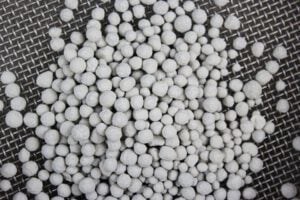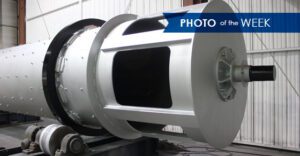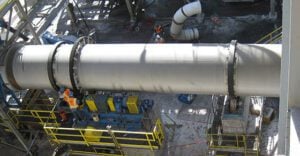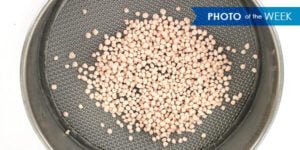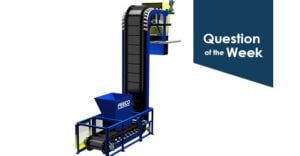Photo of the Week: Rotary Kiln Inspection
In this week’s photo, a FEECO Customer Service Engineer is checking for cracks in the refractory of a rotary kiln. Cracks periodically arise within the kiln’s refractory because certain areas are exposed to more direct heat. The area closest to the combustion chamber is the …





